Economic consequences of changing stocking density of broilers
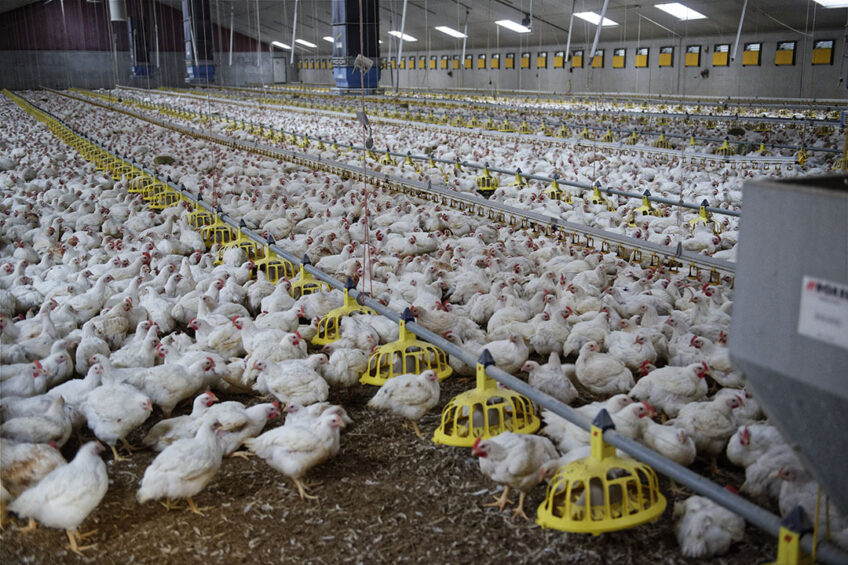
Fluctuating demand for poultry meat as a consequence of the Covid-19 pandemic forced producers to come up with unconventional management measures to delay time to market of broiler flocks and lower stocking densities to dampen supply. This article aims to calculate the impact of stocking density, feed regime and farm productivity, and economics.
Global uncertainty in input costs and logistics of access to markets has posed particular challenges for broiler production over the last 2 years. In most instances, live broiler prices have hopefully mirrored fluctuations in feed costs, so the main unknown has been a transient reduction in demand for meat in general, and especially for broiler carcasses and processed products.
Interestingly, the live bird market has had less disruption in logistics of supply to consumers, yet one still wonders about the long-term viability of this system in terms of industry biosecurity and consumer concerns regarding zoonosis. In North America, there has been on-off demand for broiler meat due to closures of schools and restaurants, together with a general reduction in consumer spending as a result of real loss of income. The latter situation has had more impact on ‘value-added’ meat and especially for higher-priced organic labelled products, etc. In addition to these fluctuations in demand, each wave of Covid-19 has placed pressure on normal staffing operations for labour-intensive segments of the industry, especially at processing plants.
Unprecedented fluctuations
At farm level, these unprecedented fluctuations in demand have placed unique pressures on flock scheduling. Changes in stocking density has been an option used to meet variable demand. With the unpredictable pressure of transient closure of processing plants, it has been necessary to inadvertently increase stocking density due to holding flocks longer than originally scheduled. Conversely, with reduced overall demand, integrators have the option of reducing stocking density at selected complexes in order to meet reduced demand.
We know that stocking density impacts flock performance, although even at normally approved densities, it is unlikely that birds truly have free access to feed after 28 days of age, since there is increased pressure for feeder space and especially when associated with prolonged periods of darkness. So, as we increase stocking density, we can expect a reduced growth rate and, to a lesser extent, reduced feed efficiency, together with increased mortality.
With reduced density, we invariably see improved flock performance for most metrics. While broiler integrators recognise such impacts of stocking density on flock performance, they are perhaps more keenly interested in the impact of density on overall farm productivity and the supply of meat to the processing plant, rather than simple metrics of individual flocks.
Table 1 shows estimates of the effect of stocking density on days to market for various broiler weight classifications. The data were developed through a review of the literature and subsequent farm studies conducted in SE Asia during a period of moderate environmental temperatures (autumn). The broiler houses were designed for 24,000 broilers at 35 kg/sqm density. As bird placement increased (with no change in equipment used) an effective level of ‘feed restriction’ was expected, culminating in a density of 50 kg/sqm and an estimated 30% (unintentional) but still ‘effective’ feed restriction. Consequently, days to market increased and for a 2 kg bird, for example, increased density delayed age to market weight by as much as 9 days (d).
Feed restrictions
Since then (2005), the growth rate of the broiler has increased dramatically and so the impact of such unintentional feed restriction associated with increased stocking density has become even more acute, while conversely, the relaxation of density allows for even greater individual flock performance. The following predictions for the impact of stocking density on 2022 broiler characteristics are based on the 2005 data as a starting point (Table 1), along with more recent commercial farm and commercial research data following access to other recent publications on this topic.
Predictions for individual flock metrics are shown in Table 2. Broiler houses were equipped to hold 40,000 birds at a standard corporate stocking density of 40 kg/sqm. It is accepted that the genetic potential of this strain is more likely to be achieved using a density of 30 kg/sqm as highlighted in blue, resulting from placing just 30,000 birds in this same house.
Obviously, the standard used in this prediction (40,0000 birds/house) already involves some small inherent degree of unintentional feed restriction. As stocking density increases so days to 2.5 kg liveweight is delayed, from 36.5d at the most liberal density of 25 kg/sqm, to 43d using 50 kg/sqm. Mortality increases by 4% and feed efficiency declines by up to 30 points with this same range of stocking densities. The faster growth rate at low stocking density means a shorter production cycle and so more flocks per year in the same broiler house – exactly one flock per year more is predicted at the lowest vs highest stocking density.
Economics
Simply based on individual flock data, there appears to be a distinct advantage to using a more liberal stocking density. Consequently, during scenarios of reduced demand, one obvious corporate option is to reduce density, given its associated improvement in growth rate, health and feed efficiency. However, an equally obvious economic disadvantage to this approach is the increased cost per bird (per farm) for all other incidental costs of production and amortization of housing, etc.
Table 3 shows yearly bird revenue less feed cost when feed averages US$ 400/tonne and live bird revenue is at US$ 2/kg. These calculations show that even with reduced growth rate, poorer feed efficiency, increased mortality and increased cycle length, revenue on a yearly basis is increased as a result of increased stocking density. Obviously, this economic prediction will be impacted by both feed cost and live bird price. Table 4 shows these same calculations using a live bird price varying from US$ 1-3/kg with feed price fixed at US$400/tonne. Table 5 shows the impact of stocking density when feed price varies from US$300-500/tonne with a fixed live bird price of US$2/kg.
The calculations shown in Table 4 suggest that as live bird price increases then revenue less feed cost is greatly reduced as a consequence of reducing the stocking density, even though individual flock metrics favour this approach. However, there is much less impact on yearly revenue when the live bird price declines below US$2/kg.
Looking at variable feed costs, then increasing this cost greatly reduces the overall economic farm advantage expected from increasing stocking density of the individual flocks. This latter effect is undoubtedly driven by the poorer feed efficiency inherent with higher stocking density (Table 2).
Closer to genetic potential
It is realized that the somewhat linear changes inherent in these predictions (Tables 2-5) are perhaps rarely achieved on farm, especially at the extremes of high stocking density. Reducing stocking density is always welcomed by farm managers and performance closer to the idealised genetic potential would be expected. Management obviously becomes much easier where, for example, maintaining litter quality and air movement are more easily accommodated.
The predicted economic advantages of higher stocking density already account for reduced bird performance and increased mortality, yet do not account for the greater challenges imposed on general bird management/welfare and sustaining environmental control. It is accepted that increasing the stocking density often imposes very challenging conditions on the farm manager during hot/humid seasonal conditions.
The main intent of these calculations is to emphasize the different economic consequences of stocking density when expressed in terms of flock vs yearly farm data. Reducing density is an obvious option when demand for broiler meat is reduced and where flock and farm economics are somewhat predictable.
It appears that farm economics are always improved due to increasing stocking density but it is also accepted that inherent challenges in managing these flocks may temper such decisions. Strictly from the bird’s perspective, the greatest challenge is to sustain feed intake when higher than normal stocking density is used. The challenges of sustaining feed intake at a higher stocking density will be discussed in a subsequent article.
 Beheer
Beheer


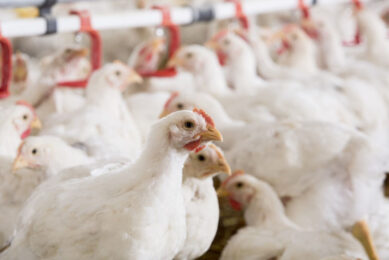
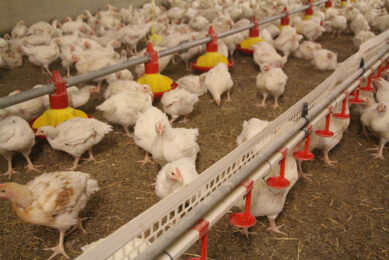
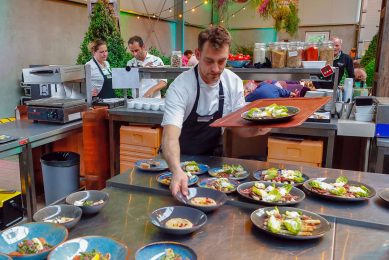
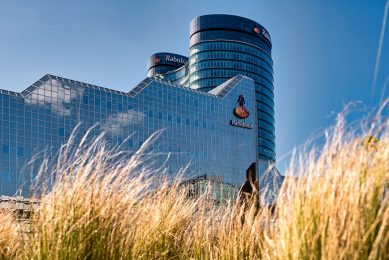





 WP Admin
WP Admin  Bewerk bericht
Bewerk bericht